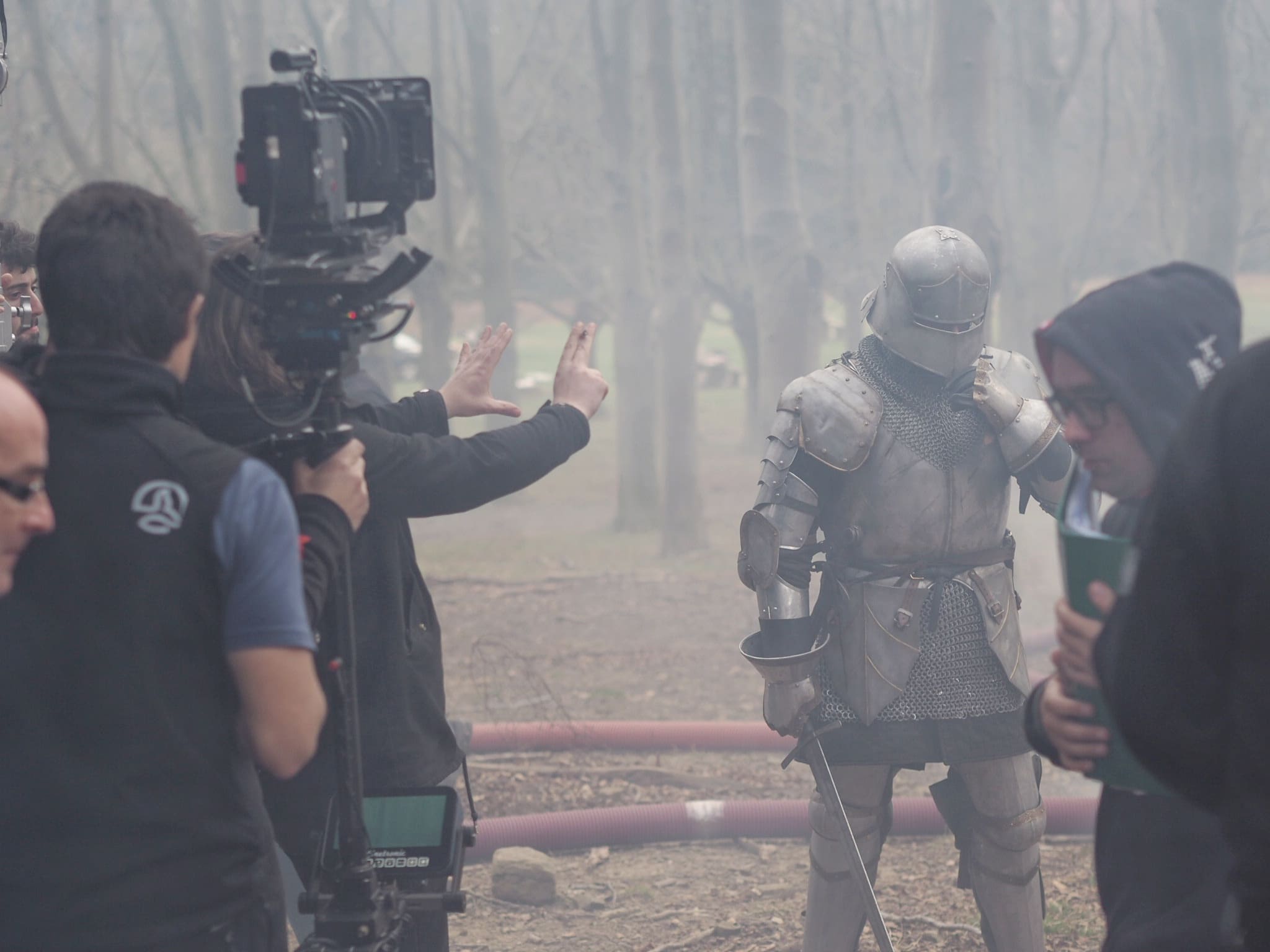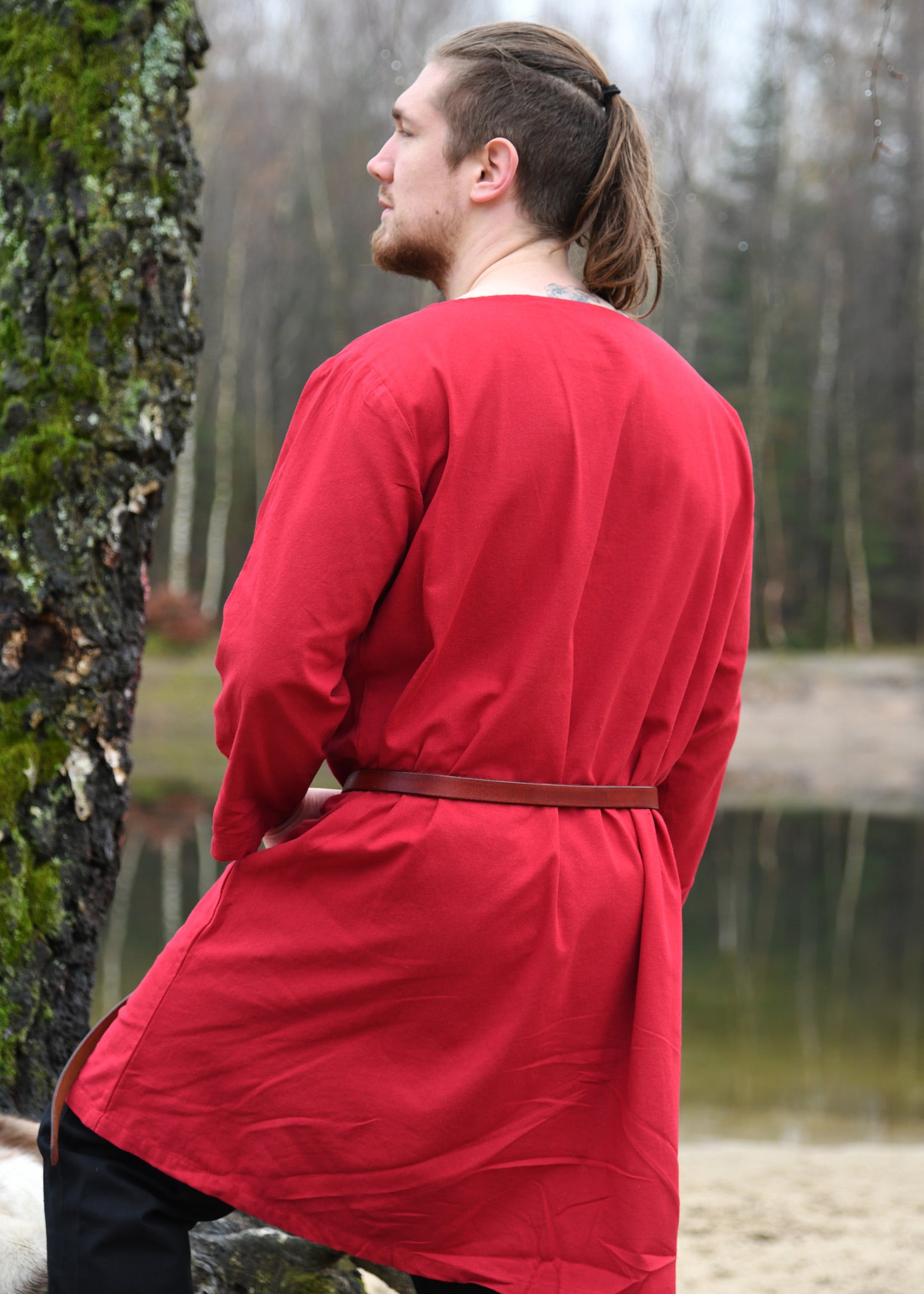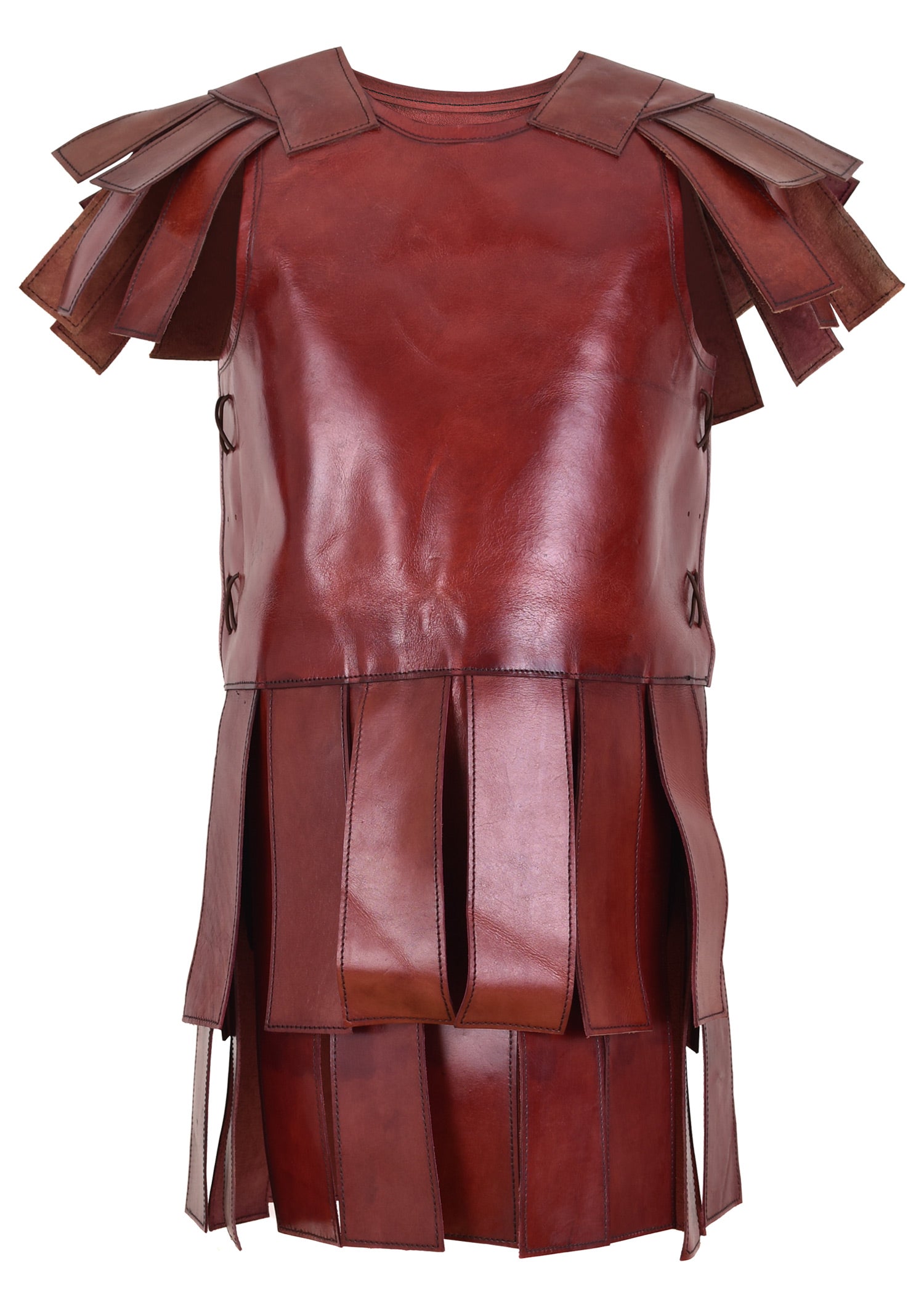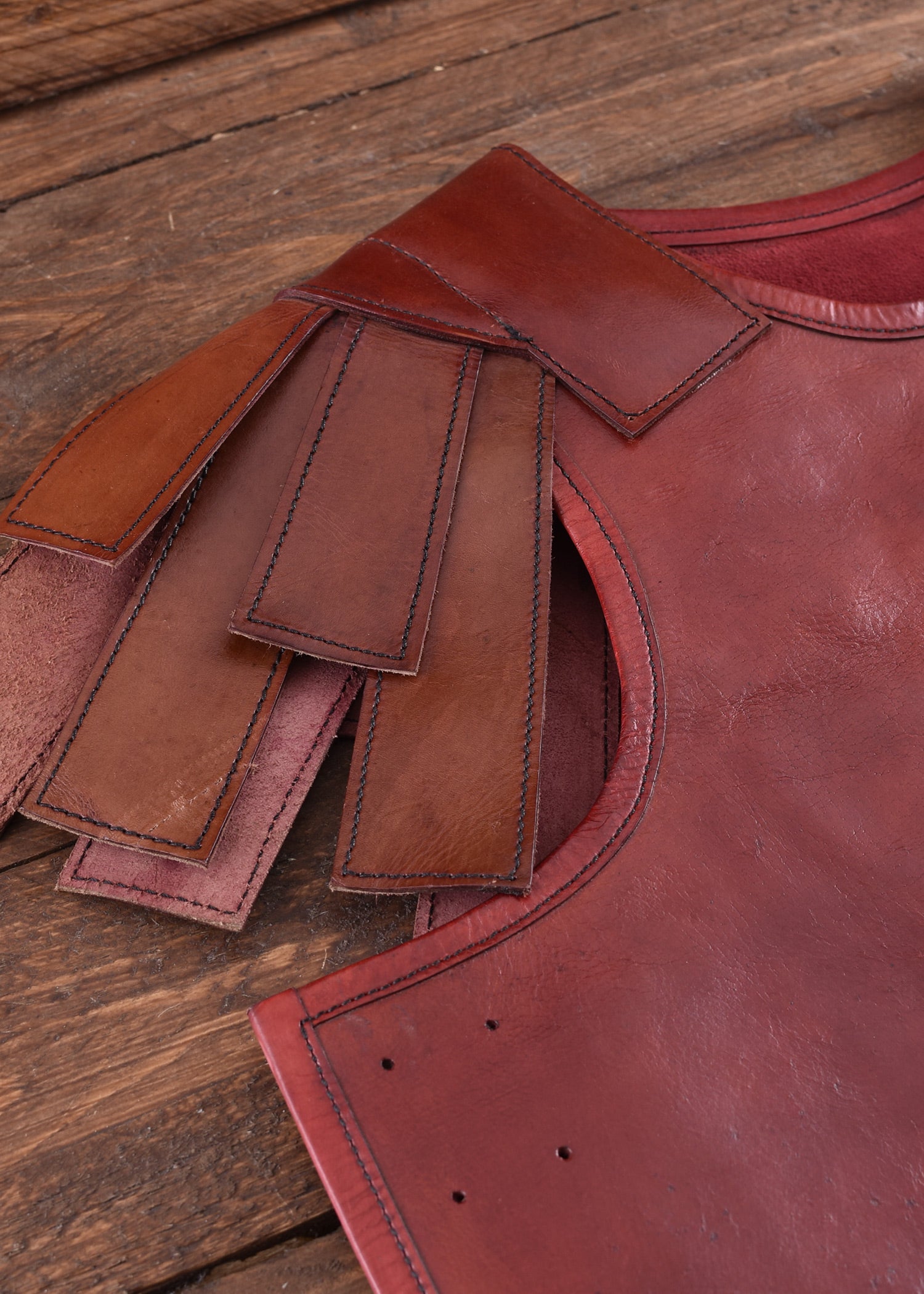Roman tunics: the iconic clothing of a civilization
Roman tunics were the basic garment of the Roman Empire, worn by men, women, and children of all social classes. Their simple yet functional design evolved over time and reflected the wearer's status and position. Although inherited from earlier cultures, the Roman tunic is distinguished by its shape, materials, and symbolism.
Characteristics of the Roman tunic
- Simple and comfortable design: Usually made from a single piece of fabric and sewn at the sides, the tunic was fastened with a belt at the waist.
- Materials: It was made of linen or wool, depending on the climate and social status. The wealthiest could afford imported silk tunics.
- Colors and symbolism: Most Roman citizens wore white tunics, while senators and magistrates wore a tunic with a purple sash ( tunicam laticlaviam ), a sign of nobility.
- Varieties according to use: There were everyday tunics, military tunics and special tunics for religious events or ceremonies.
Differences with other ancient clothing
Although similar to the Greek and Egyptian tunics, the Roman tunic had distinctive features:
- It was shorter and more practical than the Greek tunic ( chiton ), allowing greater mobility.
- It was worn with the toga on formal occasions, unlike other cultures where the tunic was the only garment.
- Roman military dress included a more durable tunic suitable for warfare, called the tunicam militaris .
The legacy of the Roman tunic.
The Roman tunic not only defined the style of dress in Ancient Rome, but also influenced medieval fashion and today's liturgical attire. Its versatility and social significance make it one of the most iconic garments in history.
If you're looking for a replica of a Roman tunic for historical reenactment, theater, or collecting, at Tienda Medieval you'll find quality options that will transport you back to the splendor of the Roman Empire.












